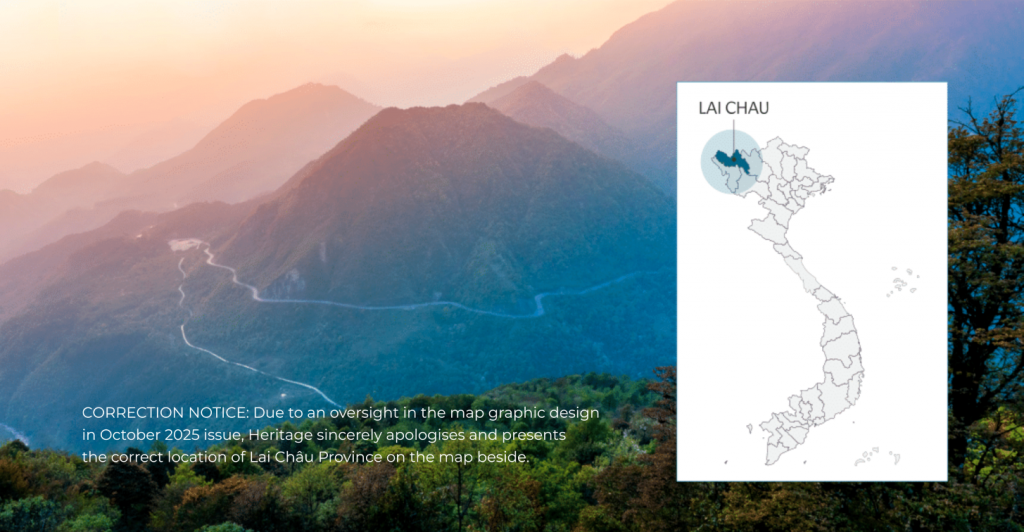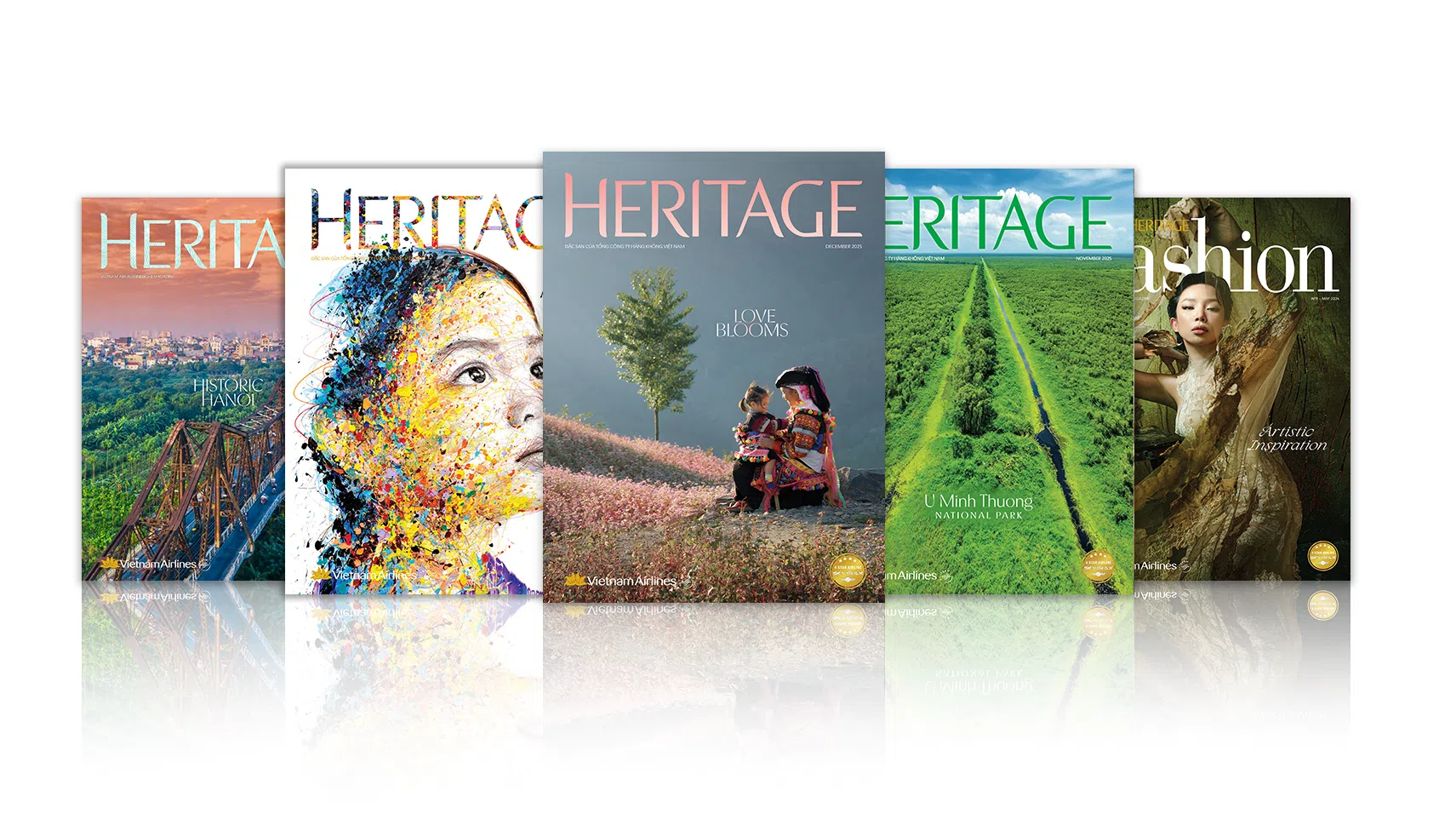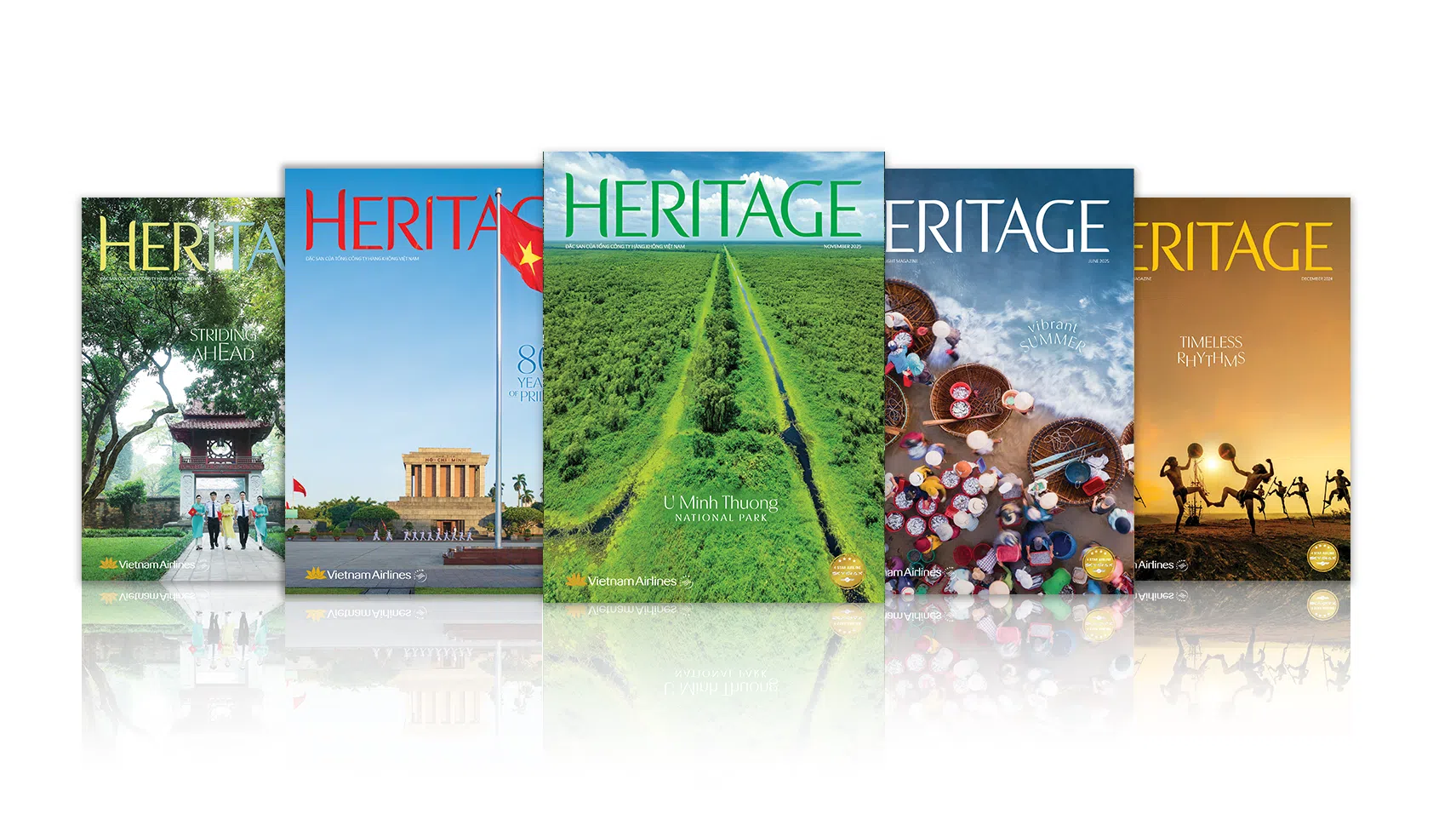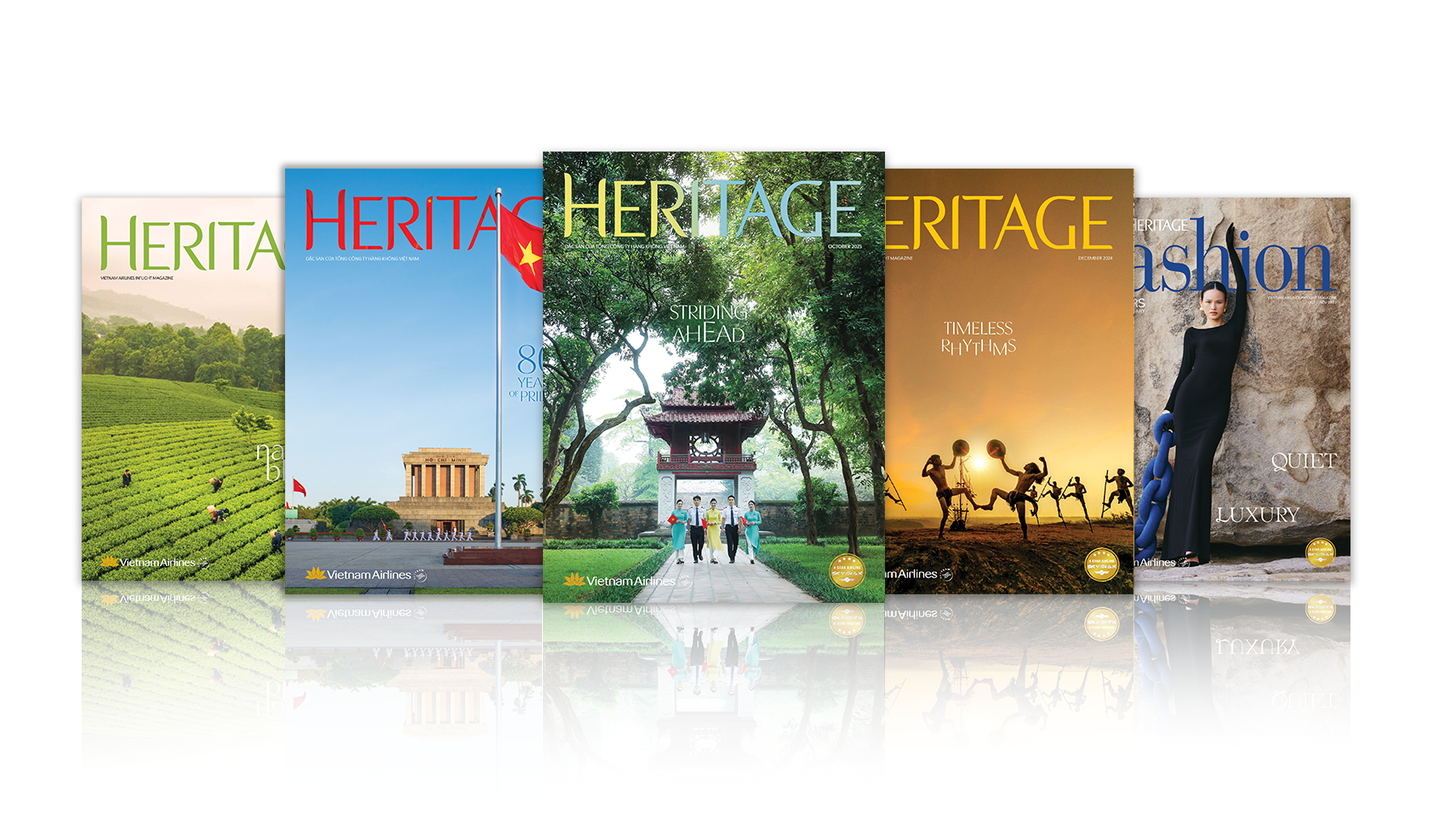Story: Pham Minh Quan
Photos: Trong Khoi, Manh Truong, Viet Pu, Bich Ngoc
In Vietnam’s far Northwest, where more than 265 kilometers of border trace the majestic Hoang Lien Range, lies a land that is both frontier outpost and mythical landscape. Amid endless mountains and drifting clouds, Lai Chau challenges those who crave exploration. Winding passes cut through the mist, peaks rise above three thousand meters, and life’s ancient rhythm endures in remote villages. On the slopes, stilt houses glow with the warmth of hearth fires, markets ring with laughter as shoppers barter, and festivals unite communities via the sounds of drums and khen, carrying the timeless breath of mountain culture.
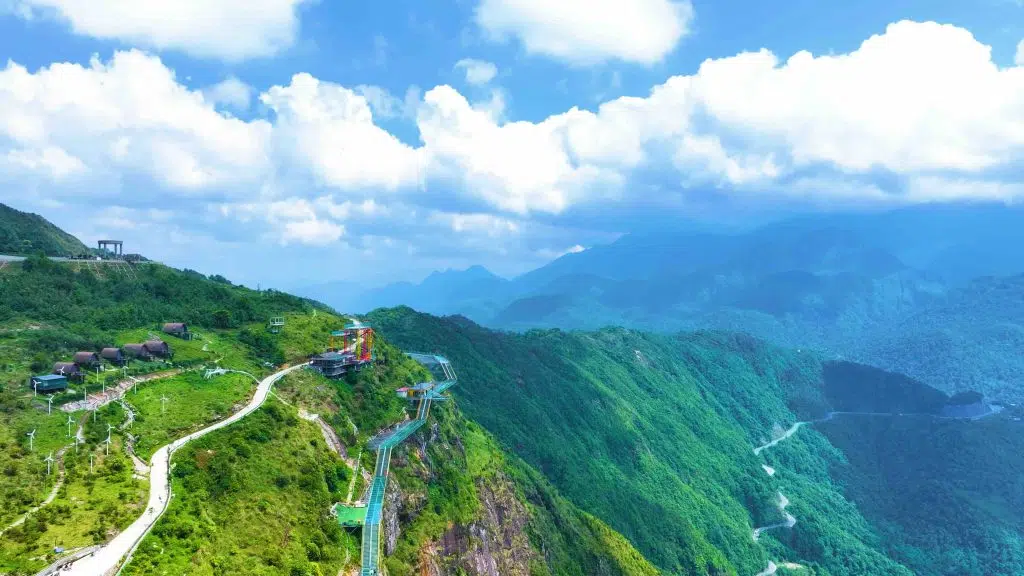
Lai Chau is a land of summits that seem to challenge the heavens. Each towering over three thousand meters high, Pu Si Lung, Pu Ta Leng, Bach Moc Luong Tu are wrapped in white clouds, their slopes bright with brilliant rhododendron blooms every spring. Legendary passes like O Quy Ho touch the clouds, revealing dizzying views of deep valleys on one side and sheer cliffs on the other. Amidst this grandeur lies Muong Than, a vast rice plain that, come harvest, gleams gold like a vast carpet unfurled at the foot of the mountains.
Mountains alone do not define this land. In a harmonious interplay of water and earth, Lai Chau enchants with waterfalls like Tac Tinh, Reu, and Bay, cascading into white spray amidst emerald forests, and with mysterious cave systems such as Pusamcap, hailed as the “First Cave of the Northwest.” Nature here is a living museum, preserving untouched wonders for those seeking adventure.
On their meandering journeys, what stays with travelers is not only the scenery but also the cultural heartbeat of the twenty ethnic groups who call this region home. In villages like Si Thau Chai, Sin Suoi Ho, or San Thang, visitors may join local Hmong people in gathering ancient tea leaves, or listen to the plaintive notes of khen flutes during the Gau Tao Festival. Thai people charm tourists with their circle dances around the fire and soft then songs that flow like mountain streams. Clad in vibrant embroidered garments, Dao people weave and embroider brocade fabric adorned with ancestral motifs passed down through generations.
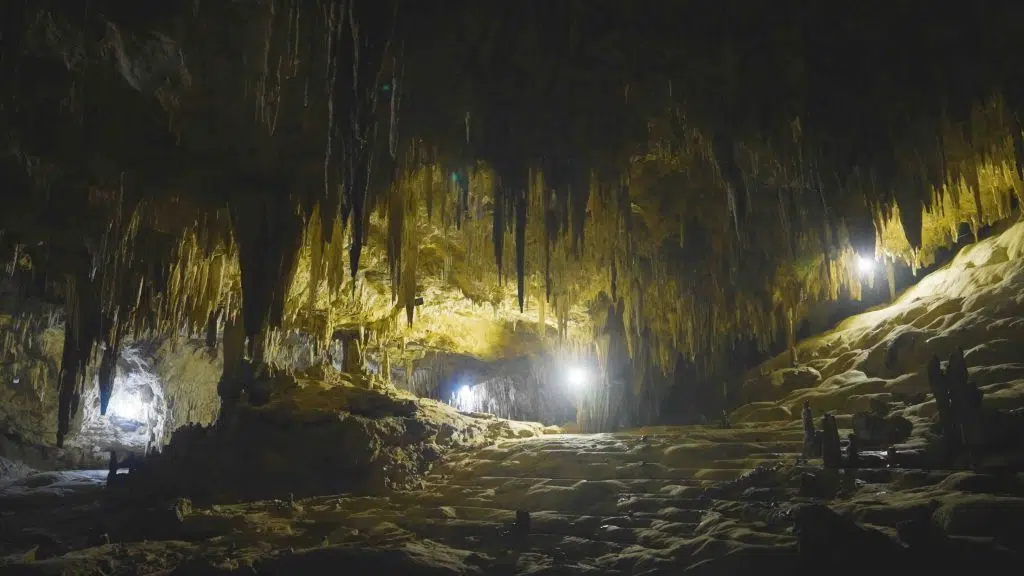
In Lai Chau, community-based tourism offers more than a place to stay, creating a gateway into local life. Guests may follow their hosts to upland fields or down to the stream, pound sticky rice cakes, or taste Sung Phai corn liquor and Son Mat ginseng tea. Each moment offers a glimpse into the people’s deep bonds with the mountains and forests. The cuisine, simple yet full of character, is another highlight: pa pinh top (grilled stream fish) is fragrant with herbs, smoked buffalo meat is steeped in mountain smoke, refreshing fern salads, and colorful five-colored sticky rice all recount stories of lives in harmony with nature. As well as providing sustenance, every meal in these highlands is a tale of land and people.
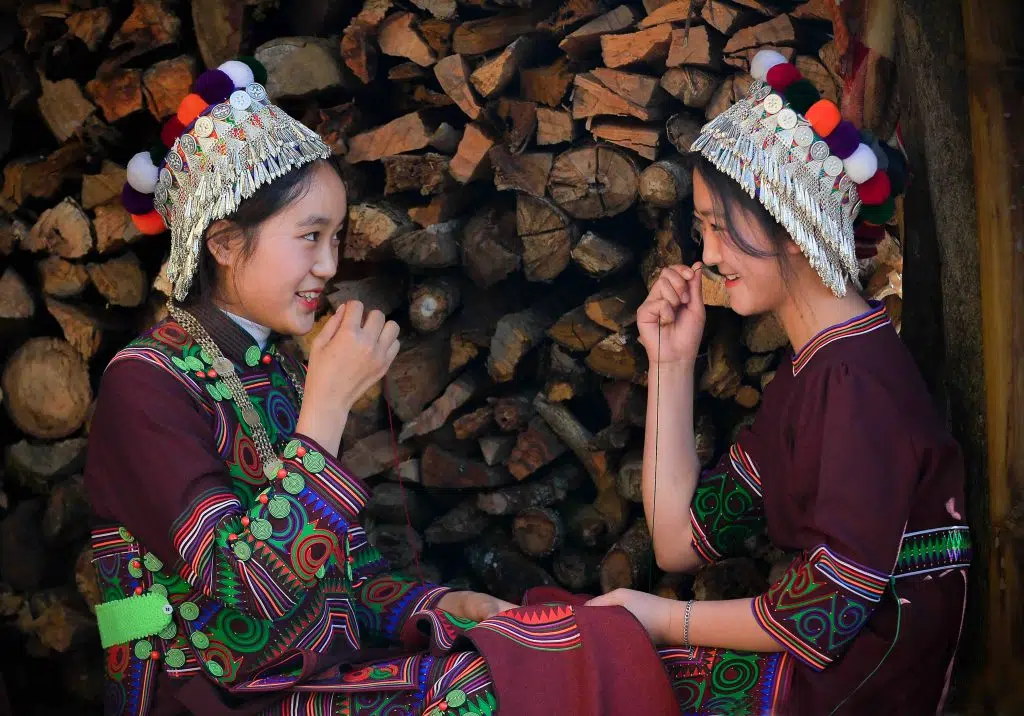
Lai Chau calls with an open heart. Each step along its winding passes, each dawn awakening in a sea of clouds, and each evening by the fire listening to the khen’s call of love create indelible memories. More than a trip to enjoy scenery or ease wanderlust, it is a journey to feel the vastness of nature, the resilience of highland communities, and the freedom that stirs in every wanderer’s heart.
To ramble through the mountainous realm of Lai Chau is to encounter the harmony of peaks and heritage, of drifting clouds and hearth smoke. When the journey ends, the echoes of this rugged frontier region’s mountains and forests continue to resonate within the traveler.
